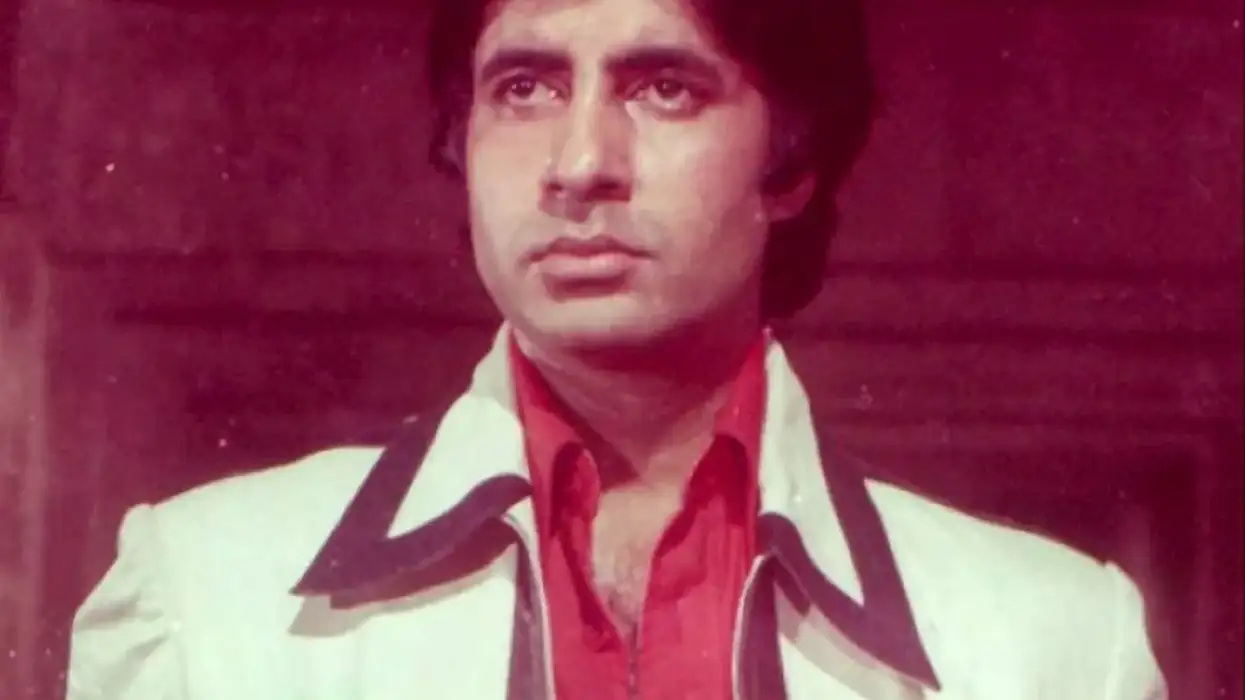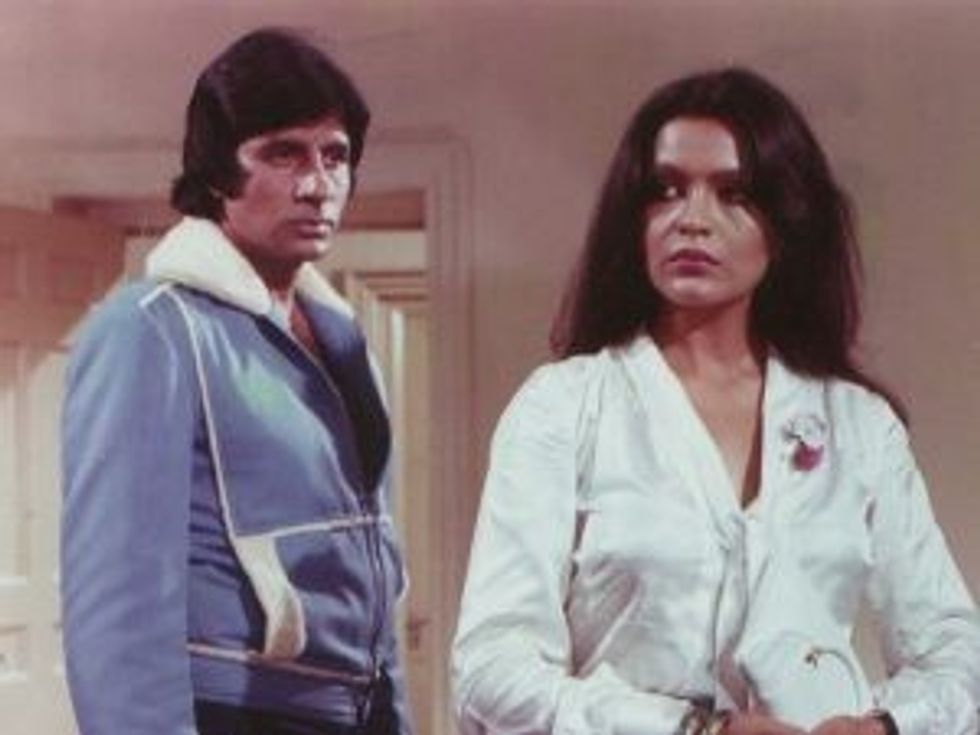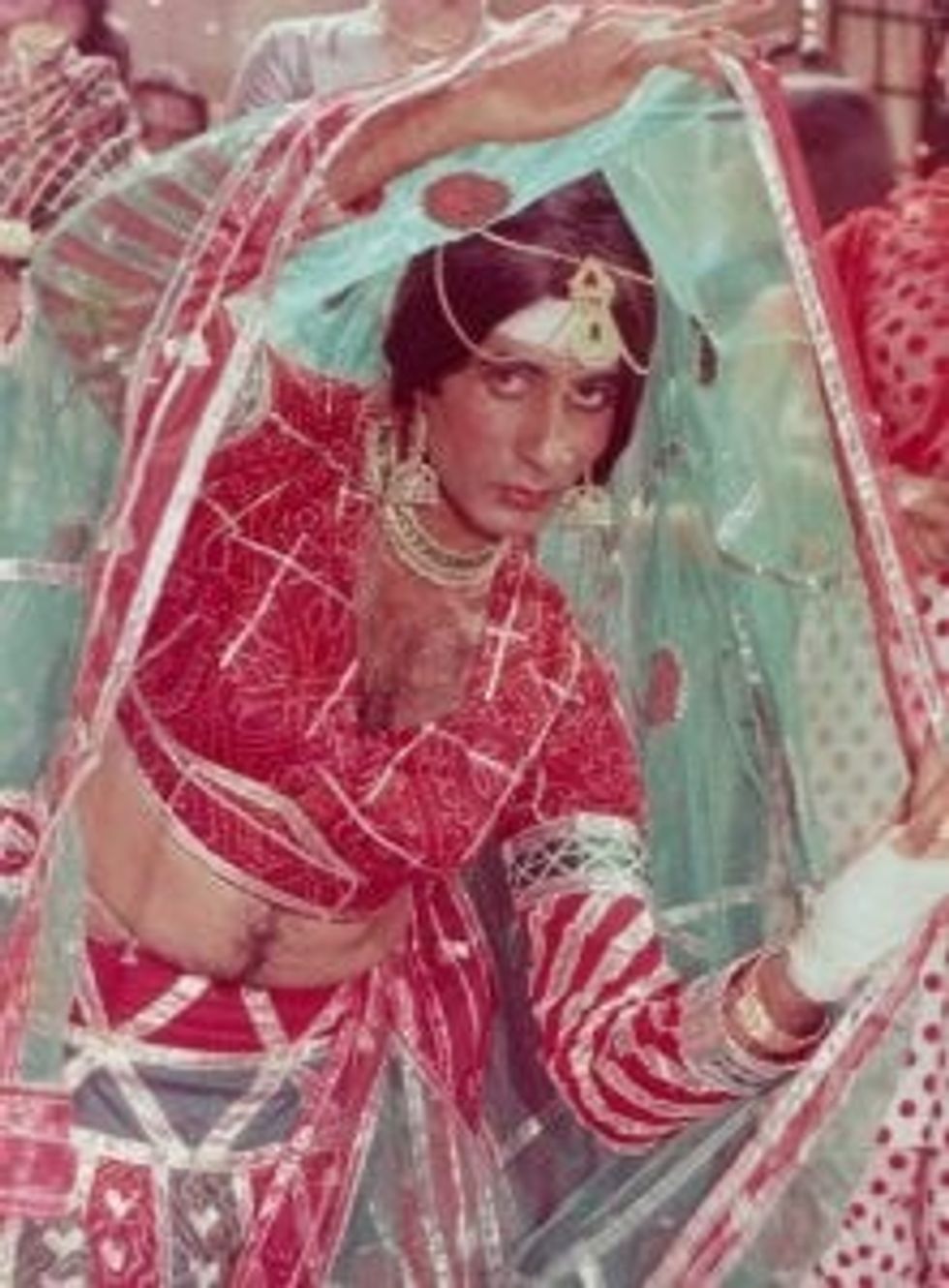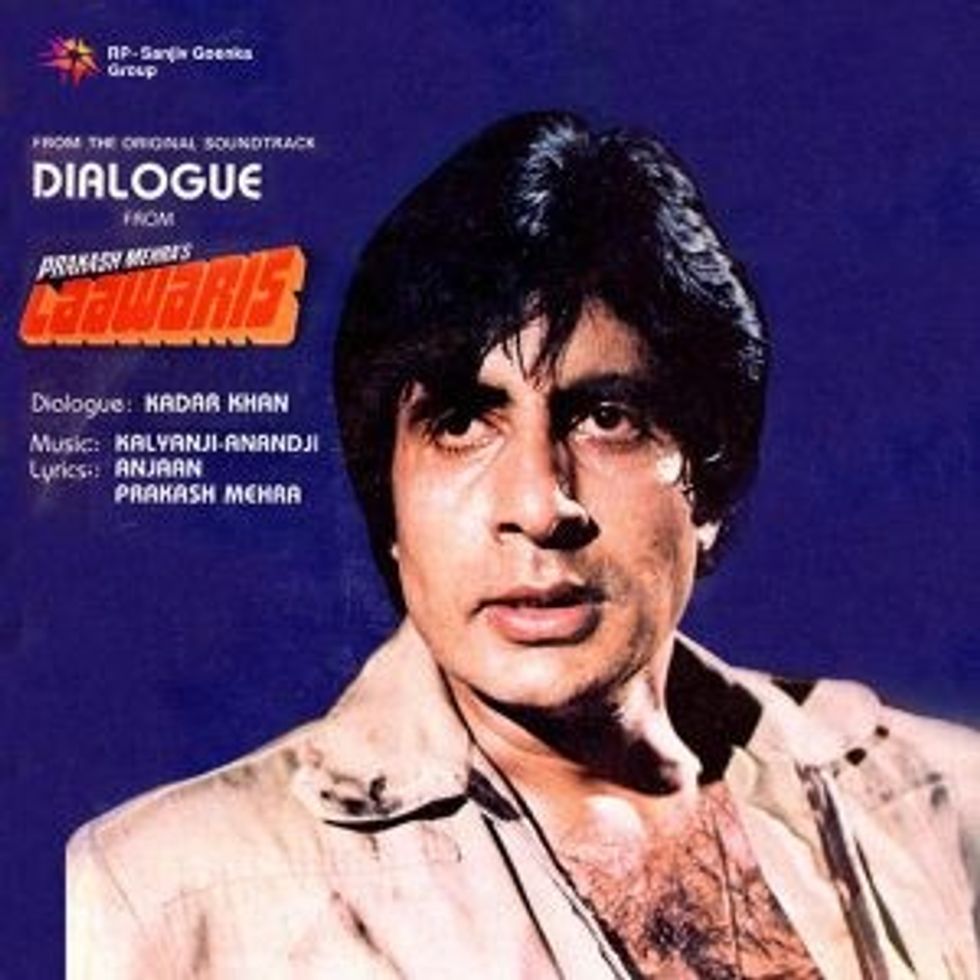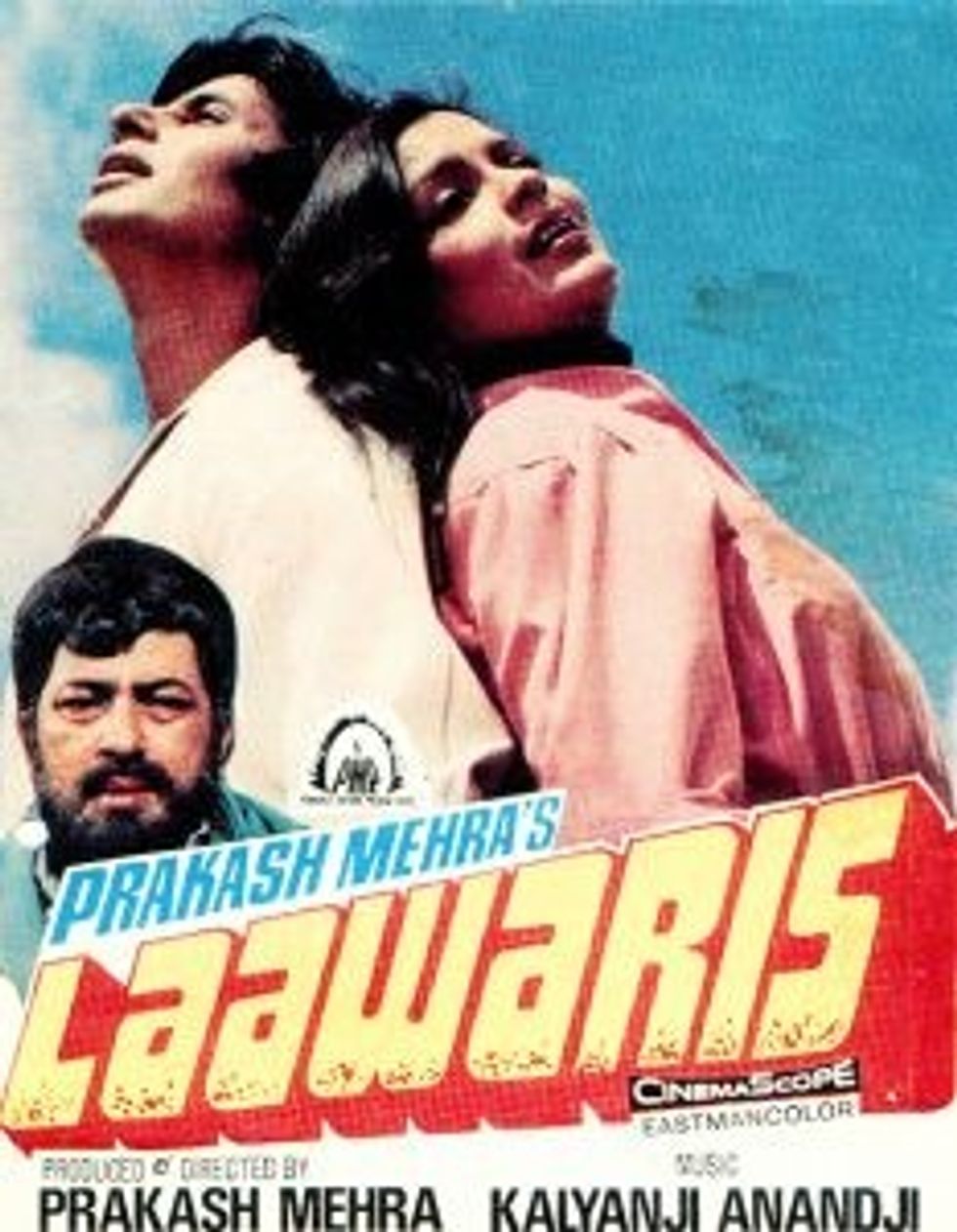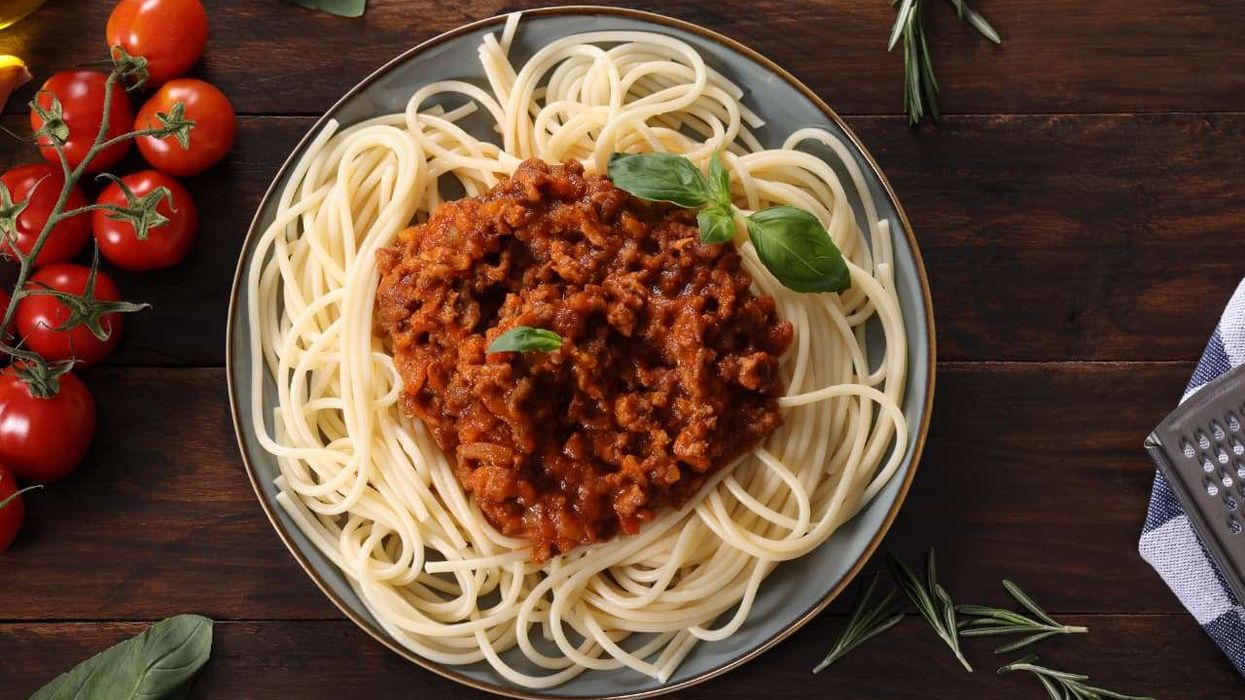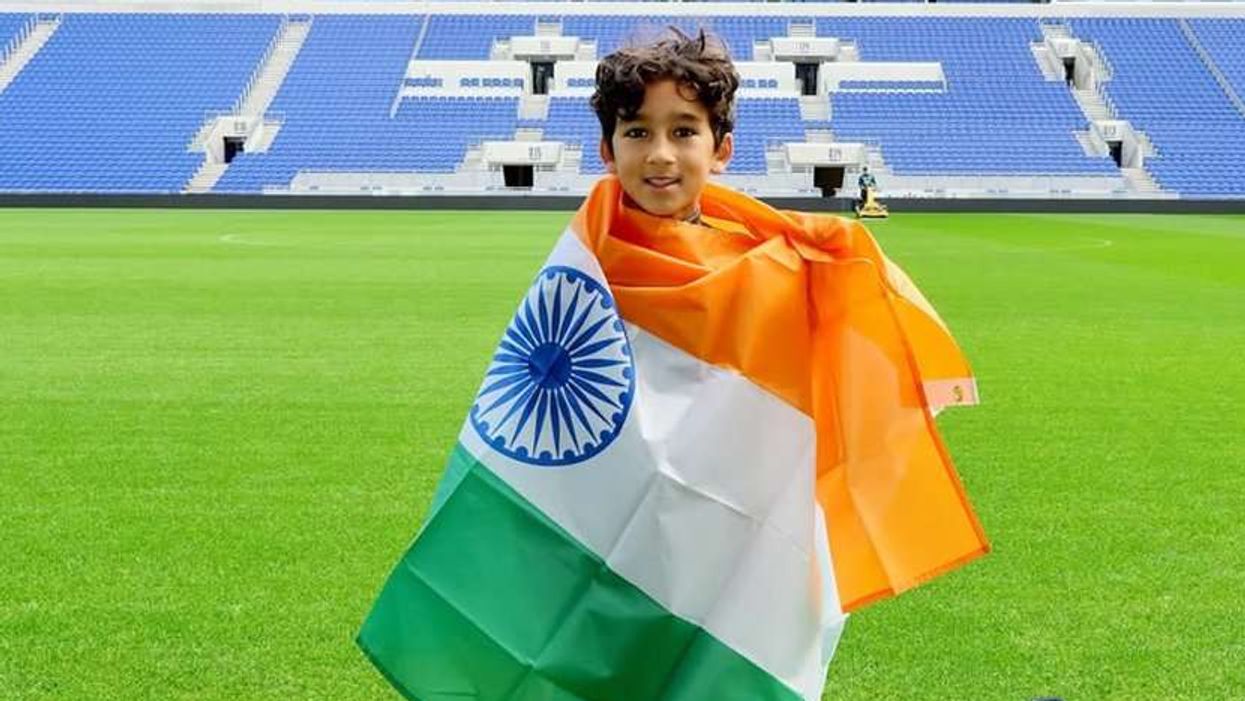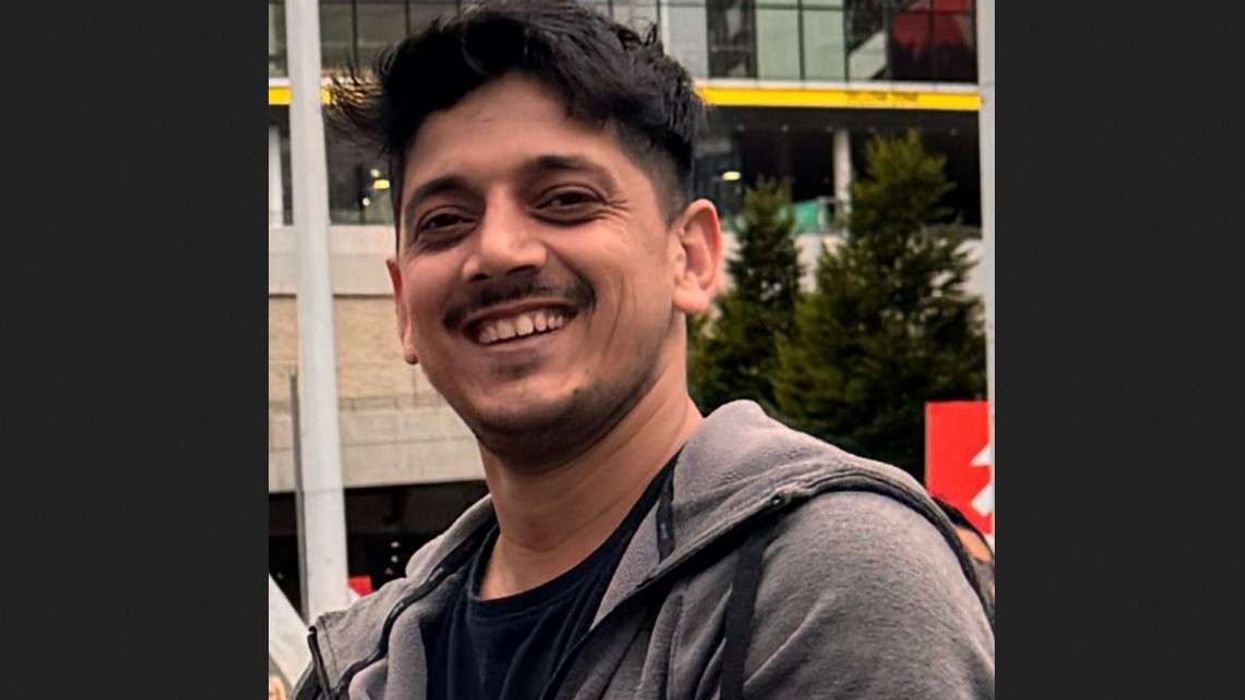BACHCHAN STARRER MARKS 40TH ANNIVERSARY
by DHARMESH PATEL
THIS month marks the 40th anniversary of classic Bollywood film Laawaris, which was originally released on May 22, 1981.
The action-drama starring Amitabh Bachchan was a huge blockbuster that ran in cinemas for many months and has since become a cult classic, which is still loved four decades later.
To mark the marvellous movie’s milestone, Eastern Eye presents 20 fun facts connected to it.
■ Laawaris was produced, directed and co-written by Prakash Mehra, whose previous films include 1973 classic Zanjeer, which had turned Amitabh Bachchan into a mega-star. Other successful films they delivered together include Hera Pheri (1976), Muqaddar Ka Sikandar (1978), Namak Halaal (1982) and Sharaabi (1984).
■ The premise of Laawaris was based on the strained relationship Prakash Mehra had with his own father. He would later explore a similar theme with Sharaabi.
■ Prakash Mehra had used the Laawaris concept of kids separating in childhood and reuniting as adults in Muqaddar Ka Sikandar.
■ Parveen Babi was originally signed for the film and shot a schedule for it but then got dropped due to illness and was replaced by Zeenat Aman.
■ Young actor Mayur Verma played the child version of Amitabh Bachchan’s character in Laawaris and had done the same in Muqaddar Ka Sikandar.
■ Legend has it that Amitabh Bachchan would sing Mere Angne Mein on the sets of Reshma Aur Shera as it was a folk song from his home state of Uttar Pradesh. Prakash Mehra first heard the actor sing it at a Holi event when he was making Muqaddar Ka Sikandar with him and decided to include it in the next film that they would do together, which then ended up being Laawaris.
■ A young Alka Yagnik got her first major recognition for the star-making Laawaris song Mere Angne Mein with a Filmfare award nomination. She would go onto get a record-breaking number of Filmfare awards and nominations after that first acknowledgement.
■ The film’s standout number Mere Angne Mein had previously briefly appeared in the films Bombay Talkie (1970) and Maze Le Lo (1975).
■ The hugely popular version of Mere Angne Mein sung by Amitabh Bachchan was a last-minute addition to the film and proved to be a huge highlight in the movie, with him performing it on-screen in drag. He would later sing the same song on his massively popular Bally Sagoo produced album Aby Baby.
■ Decades later Amitabh Bachchan revealed that his wife Jaya Bachchan hated the Mere Angne Mein number he performed in drag and even walked out of the theatre.
■ Legendary filmmaker V Shantaram despised the Mere Angne Mein song picturised on Bachchan and was fierce in his criticism of it in the press.
■ Mere Angne Mein was one of five hit Bollywood songs the Big B performed himself in 1981. The others were Chal Mere Bhai from Naseeb and Silsila tracks Yeh Kahan Aagaye Hum, Rang Barse and Neela Aasman.
■ The film’s Apni To Jaise Taise is heavily inspired by classic Boney M song No More Chain Gang. It also drew inspiration from the track Love In C Minor by Cerrone.
■ Apni To Jaise Taise would be remixed in subsequent decades multiple times and a cover version of it appeared in the film Housefull (2010) as Aapka Kya Hoga (Dhanno).
■ A separate album was released with the film's massively popular dialogues, which were written by legendary actor Kader Khan. It was titled Dialogue From Laawaris.
■ Laawaris was successfully remade in Telugu as Naa Desam (1982) starring NT Rama Rao, and in Tamil as Panakkaran (1990) with Rajinikanth in the lead role.
■ One of the film’s story writers Din Dayal Sharma had previously directed Bollywood film Tyaag (1977) with Rajesh Khanna and Sharmila Tagore in the lead roles.
■ The Big B plays a character named Heera in Laawaris and later in Sooryavansham (1999). In both films he addresses the public on a microphone, criticising his father in Laawaris and praising him in Sooryavansham.
■ There are unexplained prominent bruise-like blemishes on Zeenat Aman’s face when she enters the restaurant, which soon disappear in the same scene.
■ Amitabh Bachchan got a Filmfare Award Best Actor nomination for Prakash Mehra directed films Laawaris, Zanjeer, Muqaddar Ka Sikandar, Namak Halaal and Sharaabi, but didn’t win for any of them.
